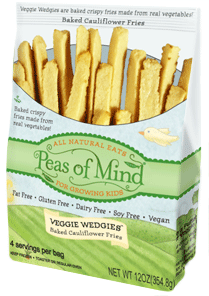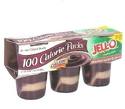Ask Shelley Case: The Scoop on Gluten-Free Oats
February 8th, 2010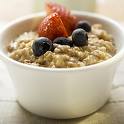 Question: Are oats allowed on a gluten-free diet?
Question: Are oats allowed on a gluten-free diet?
Historically, oats were not allowed on a gluten-free diet for those with celiac disease. The avenin protein in oats was thought to cause the same reaction as the proteins in the gluten-containing grains wheat, rye and barley. However, many studies over the past 15 years have revealed that moderate amounts of pure, uncontaminated oats are tolerated by the majority of individuals with celiac disease. It should be noted that a small number of individuals with celiac disease may not tolerate pure, uncontaminated oats. The mechanism triggering this intolerance has not yet been identified. So it is important to check with your doctor and dietitian before adding pure, uncontaminated oats to your gluten-free diet.
To learn more about the safety of oats in celiac disease, read the extensive review by Health Canada.
Remember… Not all oats are gluten-free:
Many commercial oat products on the market are cross-contaminated with wheat, rye and/or barley during harvesting, transportation, storage, milling, processing and packaging. An American study by dietitian Tricia Thompson tested three brands of commercially available oats and found varying levels of gluten contamination. Similar results were reported in two other studies by Hernando and Gelinas. Cross contamination has been the major reason why most health professionals and celiac groups have not allowed oats on a gluten-free diet. Fortunately there are companies in the USA and Canada that produce pure, uncontaminated oats on dedicated fields with dedicated equipment and processed in dedicated gluten-free facilities. The major specialty gluten-free oat companies include:
- Cream Hill Estates
- Gifts of Nature
- Gluten-Free Oats
- Only Oats from Avena (Formerly FarmPure Foods)
- PrOatina
- Bob’s Red Mill
In addition to the above producers, many companies are adding gluten-free oats to their products in items such as granola, snack bars, muffins and breads. Look for the words on the package label – “gluten-free oats”, “pure, uncontaminated oats”, or “certified gluten-free oats”. Also, the Gluten-Free Certification Organization (GFCO) does certify a number of companies producing and/or including gluten-free oats in various products. The GFCO symbol will be located on the package. The Canadian Celiac Association will be launching a new certification program for pure, uncontaminated oats in early 2010. Products meeting the certification will have the trademark “PAVENA™” on the food label.
Authorities approve oats:
Many health professionals, celiac organizations, celiac research centers and other associations around the world allow consumption of moderate amounts of pure, uncontaminated oats. I have included a detailed listing of the position statements from these organizations in my book Gluten-Free Diet: A Comprehensive Resource Guide.
The Canadian Celiac Association Professional Advisory Board has developed guidelines for the introduction of pure, uncontaminated oats in the gluten-free diet for those with celiac disease.
Oat’s nutritional value:
A nutritious whole grain, oats are a good source of protein, fiber, iron and B vitamins. Oats contain two kinds of fiber- soluble and insoluble. The soluble fiber (ß-glucan) can help lower cholesterol and control blood glucose levels. Insoluble fiber promotes regular bowel movements and prevents constipation. As many gluten-free products are frequently made with refined flours and starches and are low in iron, B vitamins and dietary fiber, oats are a healthy addition to the diet.
Where to find Oat recipes:
Gluten-free oats are available as whole oat groats, oatmeal, oat flour and oat bran. They can be incorporated into many recipes. BeFreeForMe.com has many gluten-free oat recipes including Oatmeal M&M Cookies and Orange Oatmeal Granola Trail Mix. Cream Hill Estates also has a great recipe for Muesli Cereal.
Shelley Case, RD
Consulting Dietitian, Speaker and Author of Gluten-Free Diet: A Comprehensive Resource Guide
 Looks like Drew Brees, the winning quarterback of Super Bowl XLIV, won’t be on the front of a Wheaties box anytime soon.
Looks like Drew Brees, the winning quarterback of Super Bowl XLIV, won’t be on the front of a Wheaties box anytime soon. gies, and Shelley Case the author of
gies, and Shelley Case the author of 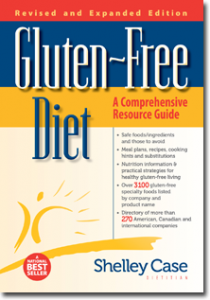 t-pack includes a copy of
t-pack includes a copy of  them in my bag.
them in my bag.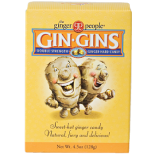 They say that ginger has medicinal purposes. Fondly called the “potion of motion” ginger has been known as a soothing remedy for any type of motion sickness. Ginger has also been linked to helping with nausea, nixing pain and also promoting digestion.
They say that ginger has medicinal purposes. Fondly called the “potion of motion” ginger has been known as a soothing remedy for any type of motion sickness. Ginger has also been linked to helping with nausea, nixing pain and also promoting digestion.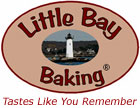 idea – to produce a gluten-free & casein-free line of products that provide celiacs and others with a gluten or wheat intolerance with foods that “taste like you remember”.
idea – to produce a gluten-free & casein-free line of products that provide celiacs and others with a gluten or wheat intolerance with foods that “taste like you remember”. came up and introduced yourselves. Your kind words mean the world to me, and make my work (and my world!) a lot more fun!
came up and introduced yourselves. Your kind words mean the world to me, and make my work (and my world!) a lot more fun!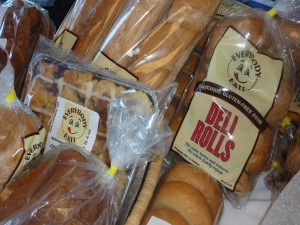





 One of my favorite ready-to-eat desserts is
One of my favorite ready-to-eat desserts is 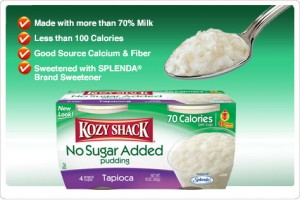 hack products contain milk, eggs, or other milk derivatives. So they recommend that you read each ingredient statement that clearly states any known allergens.)
hack products contain milk, eggs, or other milk derivatives. So they recommend that you read each ingredient statement that clearly states any known allergens.)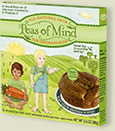 It’s tough enough to get kids to eat right, but if you add food allergies or celiac disease into the mix the challenge become even greater.
It’s tough enough to get kids to eat right, but if you add food allergies or celiac disease into the mix the challenge become even greater.